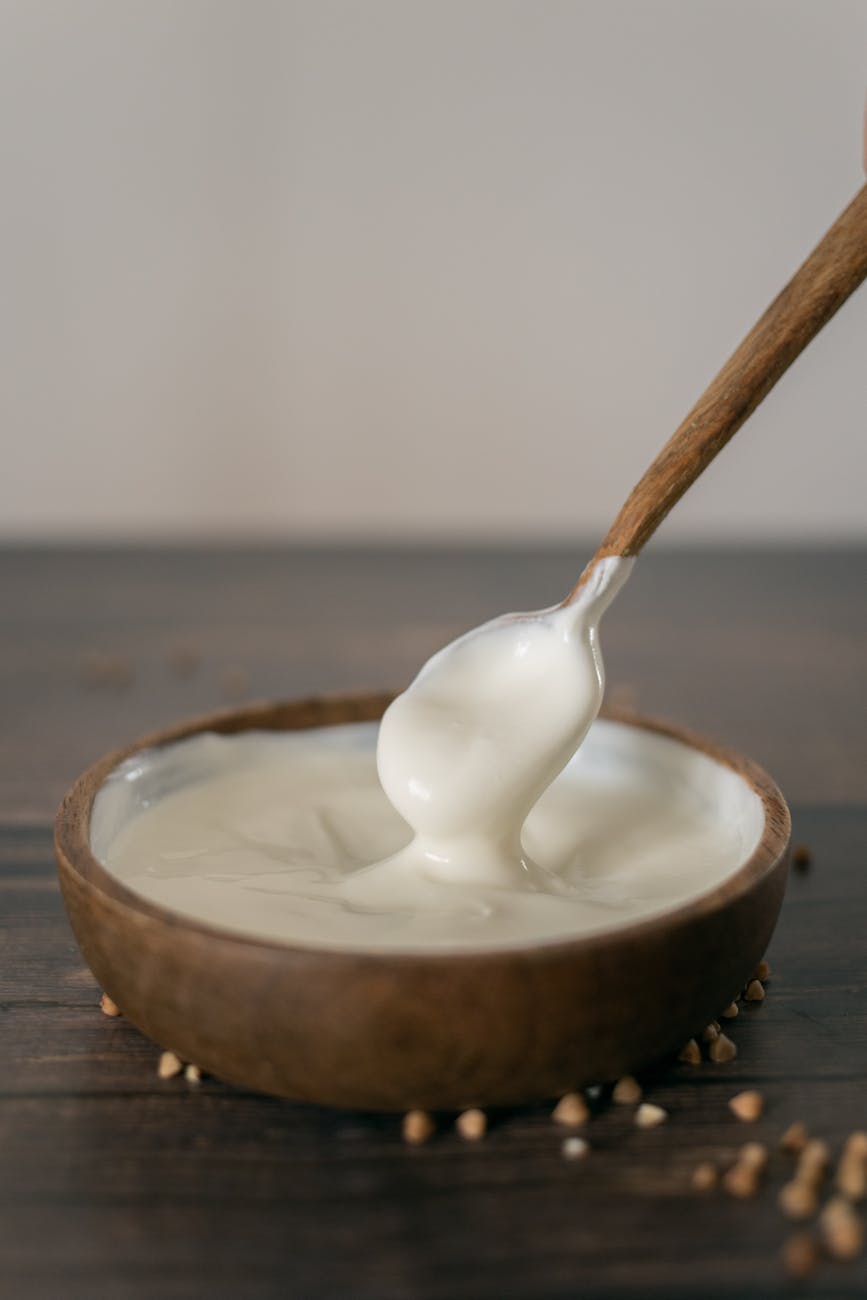
Seeds are the unsung heroes of the nutritional world. Packed with a potent mix of essential nutrients, these tiny powerhouses are a must-have in your daily diet. From flaxseeds to chia, sunflower to pumpkin, each seed brings its unique blend of health benefits to the table. In this blog post, we’ll delve into the world of edible seeds, their health benefits, and how they can aid in weight loss and muscle growth.
🌾 Types of Edible Seeds 🌾
There are numerous types of edible seeds that you can incorporate into your diet. Here are five popular ones:
- Chia Seeds: These tiny black seeds are rich in fiber, protein, and omega-3 fatty acids. They also contain a good amount of minerals like calcium and magnesium. Chia seeds are also known for their ability to absorb water, which can help you feel fuller for longer.
- Flaxseeds: Known for their high omega-3 fatty acids content, flaxseeds are also a great source of dietary fiber. They’re also packed with lignans, which have antioxidant properties. Ground flaxseeds can be easily added to your diet and are a great source of plant-based protein.
- Pumpkin Seeds: These are loaded with antioxidants and a rich source of magnesium, iron, zinc, and protein. Pumpkin seeds also contain high levels of essential fatty acids that help maintain healthy blood vessels and lower unhealthy cholesterol in the blood.
- Sunflower Seeds: High in vitamin E and selenium, sunflower seeds are excellent for your heart health. They also provide a good amount of dietary fiber. Sunflower seeds are also rich in B vitamins, which are necessary for a healthy metabolism.
- Hemp Seeds: These seeds are a great source of protein and contain all nine essential amino acids. They’re also packed with omega-3 and omega-6 fatty acids. Hemp seeds are also known for their high levels of gamma-linolenic acid (GLA), a type of omega-6 fatty acid that has several health benefits.
🏋️♀️ Seeds for Weight Loss 🏋️♀️
Seeds can be a great addition to your diet if you’re trying to lose weight. They’re high in fiber and protein, which can help you feel fuller for longer, reducing the likelihood of overeating. Here are some of the best seeds for weight loss:
- Chia Seeds: The high fiber content in chia seeds can help you feel full and satisfied, reducing your calorie intake. They also expand in your stomach, which can help reduce hunger.
- Flaxseeds: Flaxseeds are packed with dietary fiber, which aids in weight loss by promoting a feeling of fullness. They also contain protein, which can help maintain muscle mass while you’re losing weight.
- Pumpkin Seeds: These seeds are a good source of protein, which can help curb your appetite and keep you from overeating. They’re also low in calories, making them a healthy snack choice.
- Sunflower Seeds: Sunflower seeds are high in healthy fats and fiber, which can help you feel full and satisfied. They’re also packed with protein, which can help maintain muscle mass during weight loss.
💪 Seeds for Muscle Growth 💪
Seeds are not just for weight loss; they can also support muscle growth. They are a good source of protein, a key nutrient for muscle development. Hemp seeds, for instance, are a complete protein, meaning they contain all nine essential amino acids necessary for muscle growth and repair. Incorporating seeds into your post-workout meal can provide your body with the protein it needs to repair and build new muscle tissue.
🍽️ How to Eat Seeds 🍽️
Seeds are incredibly versatile and can be incorporated into your diet in various ways. You can sprinkle them on your salads, yogurt, or cereal. They can also be blended into smoothies or used as a topping for your toast. Some people prefer to eat seeds like pumpkin and sunflower seeds on their own as a snack.
🤔 Addressing Common Questions about Seeds 🤔
- Can thyroid patients eat chia seeds? Yes, chia seeds are safe for thyroid patients to consume. They are a good source of essential nutrients like fiber and omega-3 fatty acids.
- Are hemp seeds good for weight loss? Yes, hemp seeds can support weight loss as they are high in protein and fiber, which can help you feel full and satisfied.
- Which seeds should you eat for weight loss? Chia seeds, flaxseeds, pumpkin seeds, and sunflower seeds are all excellent choices for weight loss due to their high fiber and protein content.
- Are pumpkin seeds good for weight loss? Yes, pumpkin seeds can be a great addition to a weight loss diet. They are high in fiber and protein, which can help keep you feeling full.
- Is sunflower seeds good for weight loss? Yes, sunflower seeds can be beneficial for weight loss. They are high in fiber and healthy fats, which can help you feel satisfied.
🌈 Conclusion 🌈
Seeds are a nutritional powerhouse that can provide a host of health benefits. Whether you’re looking to lose weight, build muscle, or simply improve your overall health, incorporating seeds into your diet can be a great step towards achieving your health goals. So, why not start sprinkling some into your meals today? 🌱💪🥗













